Apricot is a tree that grows very quickly. If it has a lot of randomly growing branches, it will adversely affect both the tree and its fruits. Apricot pruning in the fall - A necessary care measure, without which the gardener can not do.
To get a good harvest, apricot trees need to be pruned not only in the fall, but also at other times of the year.
Content
What will happen if you do not trim
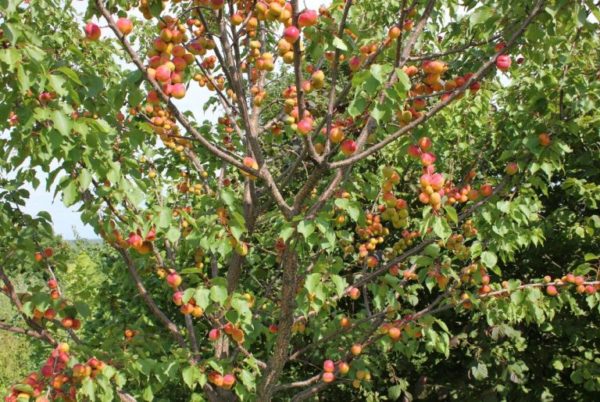
If you do not hold this event, apricots will become small, dry and tasteless. The tree will look messy due to the long branches sticking out in different directions. In the absence of anti-aging pruning, any garden crop will cease to grow. A thick, non-thinned crown can cause dangerous fungal diseases. Many weak and diseased shoots will appear, and fruiting may stop.
Why prune apricot
In the process of pruning apricot gardeners:
- form a well-groomed crown. The tree looks beautiful and healthy. All long and knocked out lashes must be removed;
- rejuvenate the branches: if the crown is too thick, the inner branches die off, and the culture quickly begins to age;
- to increase the number and size of fruits;
- to prevent brittle shoots. Apricot fruits are heavy. If the branches are weak, they can break under their mass.
When to hold an event
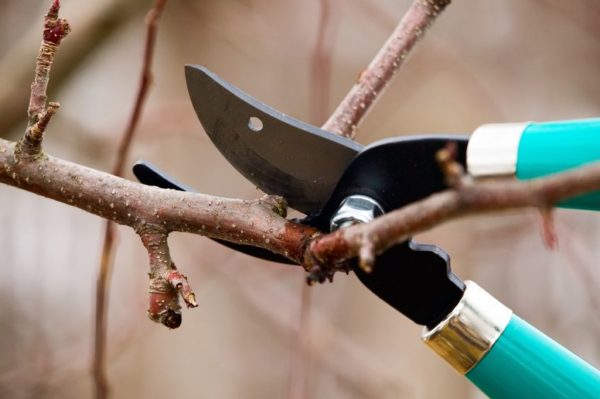
Novice gardeners often ask the question: “When to cut apricot in spring or autumn?” The event must be carried out on time: in the summer, autumn and spring season.
It is important to consider the time and rhythms of the movement of juices inside the tree. During the procedure, sap flow should be minimal. The best time for manipulation is early spring or late autumn. At the height of summer they make easy pruning for cosmetic purposes.
Care begins in the first year of a culture's life. In the spring they form a crown, in order to stimulate the growth of fruits. In autumn, the event is sanitary in nature, and summer manipulation promotes rejuvenation.
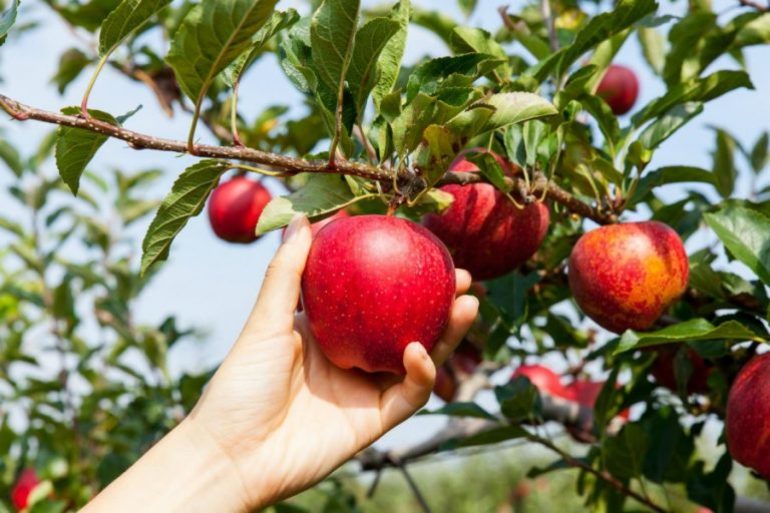 You may be interested in:
You may be interested in:Features of autumn apricot pruning
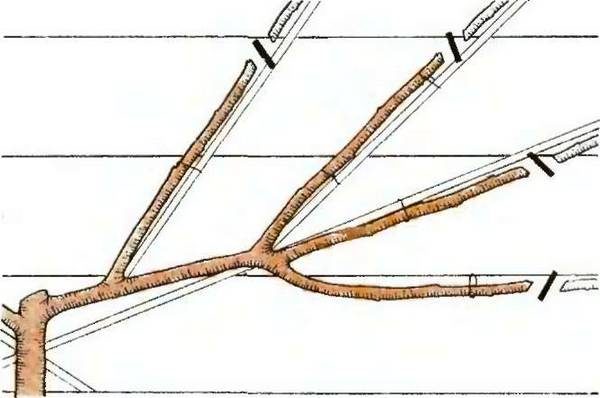
During the autumn care of the trees they are cleaned of sick lashes. Gardeners also restore balance between the branches on which the fruits are formed and deciduous shoots. All fruit-bearing shoots shorten a third to the bottom.
In rain or cold, cut branches in the fall is impossible. You need to choose a good day and prepare the culture for the coming winter. With the timely removal of weak shoots, new ones will appear faster. In the spring, the first fruit ovaries form on young branches.
Types of pruning trees
For beginning gardeners, there are many videos on the network demonstrating the pruning procedure. There are several types of it:
- in order to regulate the balance between the development of branches and fruiting;
- in order to give the crown a neat shape. Thanks to this procedure, culture is actively developing and growing;
- for the purpose of rejuvenation. Mature trees grow better, and they appear young shoots.
Sanitary pruning has already been mentioned. As a rule, it is done in spring, autumn and as needed.
What tools are needed to work
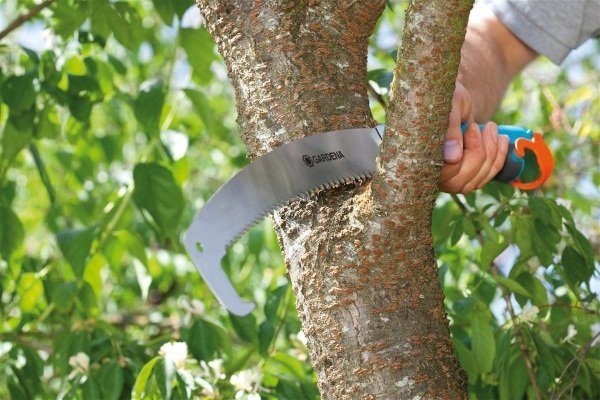
Care of any garden crop is not possible without the following tools:
- saws;
- secateurs;
- garden knife;
- bar for sharpening tools;
- twine (it supports the branches);
- garden vara (for healing wounds after the procedure).
All tools are sharpened carefully. To sharpen a garden knife, use a bar dipped in water. This will help remove excess iron filings from it. After sharpening, check the operation of the tools. The secateurs are adjusted by tightening the nut. With a tight grip, it is loosened, and with a weak grip, the nut must be tightened.
Before work, all the saw teeth are spread apart, tilting them alternately left and right. The bending angle should be the same. The sharp side of the teeth should be inward.
Simple circuits
Shortening the shoots with the aim of forming a crown is done already in the first year of life of garden crops. General scheme of pruning garden trees It looks like this: leave 6 or 7 strong branches. The distance between them is from 30 to 40 cm.
Shortening One-Year Apricot Branches
After planting, the seedling looks like a thin short stick, but it already needs a procedure. You can correctly prune a young apricot by shortening its trunk by 10 or 15 cm. This will stimulate the growth of its side shoots. If after planting, the seedling was not cut, he needs to shorten the trunk next fall. In the absence of this manipulation, the lateral branches will grow very slowly, and the crop will have to wait a very long time.
It is necessary to shorten the lashes with care, making sure that damage to the kidneys does not occur. The notch angle should be 45 degrees, with a reference to the upper kidney.
Pruning 2 and 3 year old trees in autumn
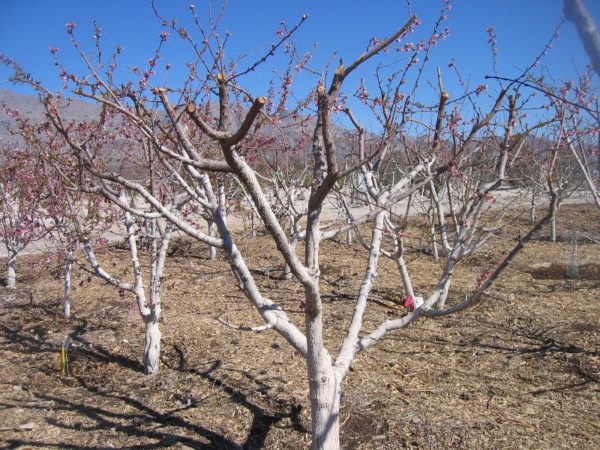
If the first event was held correctly, next year the tree will release from 3 to 4 side branches. With the onset of autumn, they are shortened from 10 to 15 cm. This will lead to stimulation of branching. The main thing is to shorten the whips before the onset of cold. The tree needs to form fresh buds and save strength in order to safely survive the winter.
With severe thickening of the crown, the lashes are partially cut into one ring. Also remove:
- thin shoots;
- whips forming an acute angle with the trunk.
The best form of crown is a single-tier. If the crown can be formed in one tier, further work will be much easier.
By the third year of the life of culture, all skeletal branches will give rise to young growth, and the crown will take a spherical shape. In the future, from each shoot from 3 to 5 lateral lashes are left, shortening them by 20 cm. Excess shoots are cut off at the level of the ring.
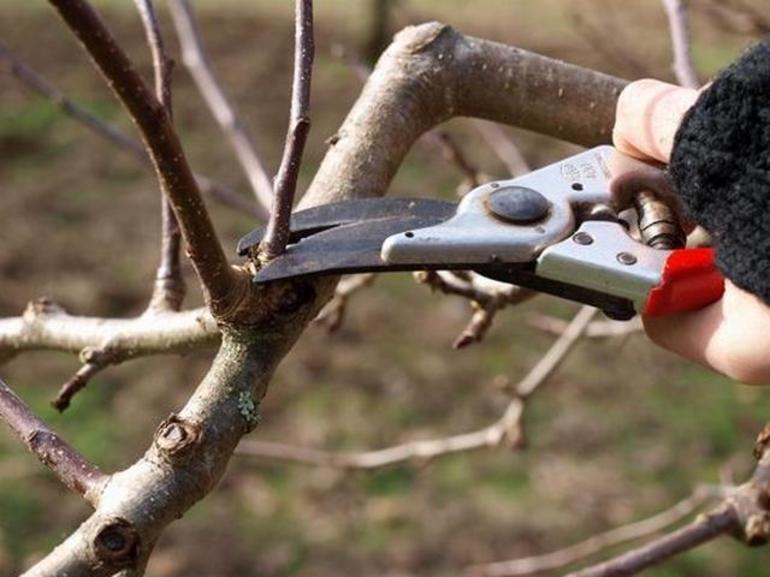 You may be interested in:
You may be interested in:How to Prune Adult Apricot Trees
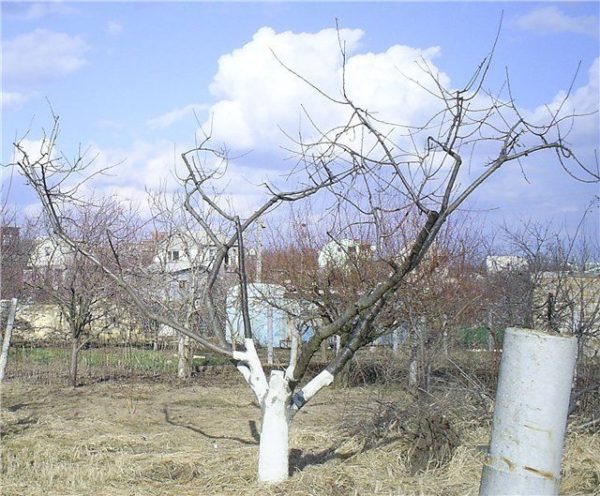
Before carrying out the procedure, an adult apricot tree needs to figure out which shoots can be left and which ones interfere with growth. For a gardener without experience, this may seem difficult, but over time it will take no more than 2-3 hours.
As always, you need to clean dry and sick lashes, especially those that grow inside the crown, thickening it. You also need to trim the shoots that "knock out" of the overall picture and violate the beautiful shape.
When the trunk reaches the desired height, it must be cut to one branch. The crown will always be of the correct form, and it will be easy to get to any part of the tree from the ladder. Thickening of the crown is best avoided, otherwise it will be difficult to approach the culture from any direction.
Timely pruned trees always look healthy and tolerate procedures well if the owner makes them regularly. To achieve the best result, the event should be held three times a year.
Pruning old apricot
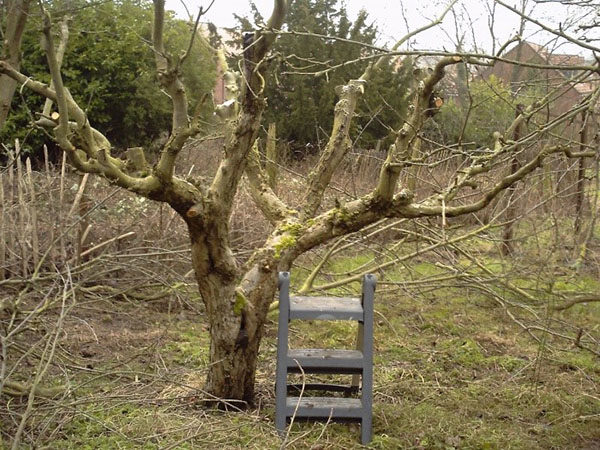
It happens that an old apricot orchard is inherited by a person or he buys a summer cottage or a country house with trees in addition. If the owner decided to ennoble the old shoots, several factors must be taken into account:
- shoots that give fruit do not live long: from 2 to 3 years. After this period they are removed;
- will have to cut most of the lashes. Among them will be dried, affected by the fungus, as well as those that grow crosswise and thicken the crown. Also shoots with cracked bark are removed;
- after “cleaning” the tree, 2 tiers of healthy branches are left on it. In each tier there should be from 5 to 7. They need to be cleaned of small growths and clipped at the ends;
- at the end of the procedure, it is necessary to treat the places of cuts with garden varieties and feed old trees with mineral fertilizers. This will help them survive stress.
After global pruning, fruits on old apricots will appear only after 2 or 3 years. During this time, you need to take care of the culture, timely pruning branches.
Post-procedure crop care
After the procedure, all places of the cuts are treated with garden var. If the wound is large, it is disinfected with copper sulfate. Since the trees need to be restored after manipulation, they are always fed with fertilizers based on nitrogen, phosphorus and organics.
The procedure for shortening branches seems complicated at first. Over time, experience comes to the gardener. With regular pruning, the apricot tree will delight with ripe fruits every year.

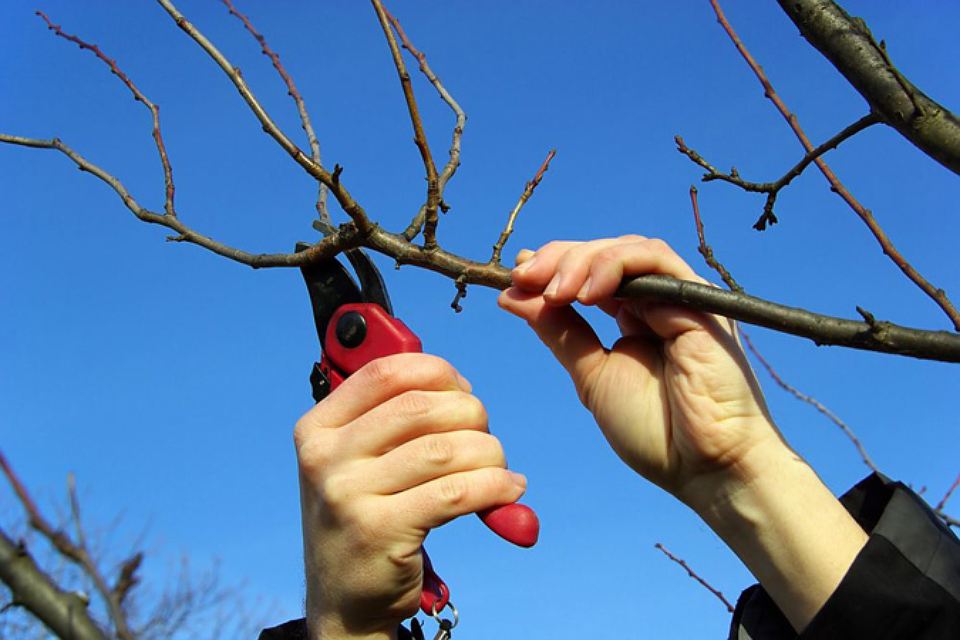 Universal scheme for apricot pruning in the fall
Universal scheme for apricot pruning in the fall
Helena
Really needed advice, thanks